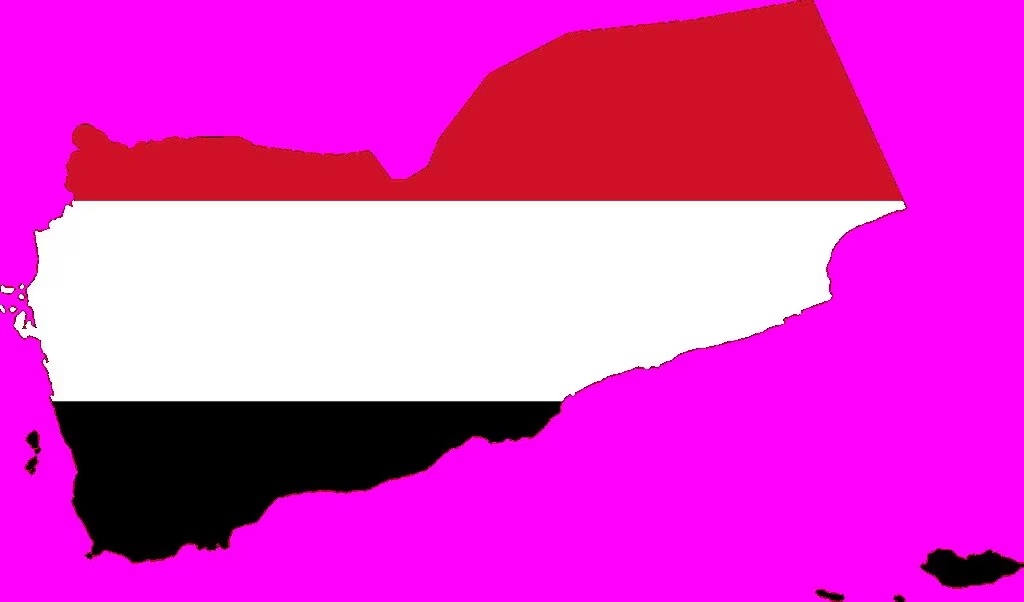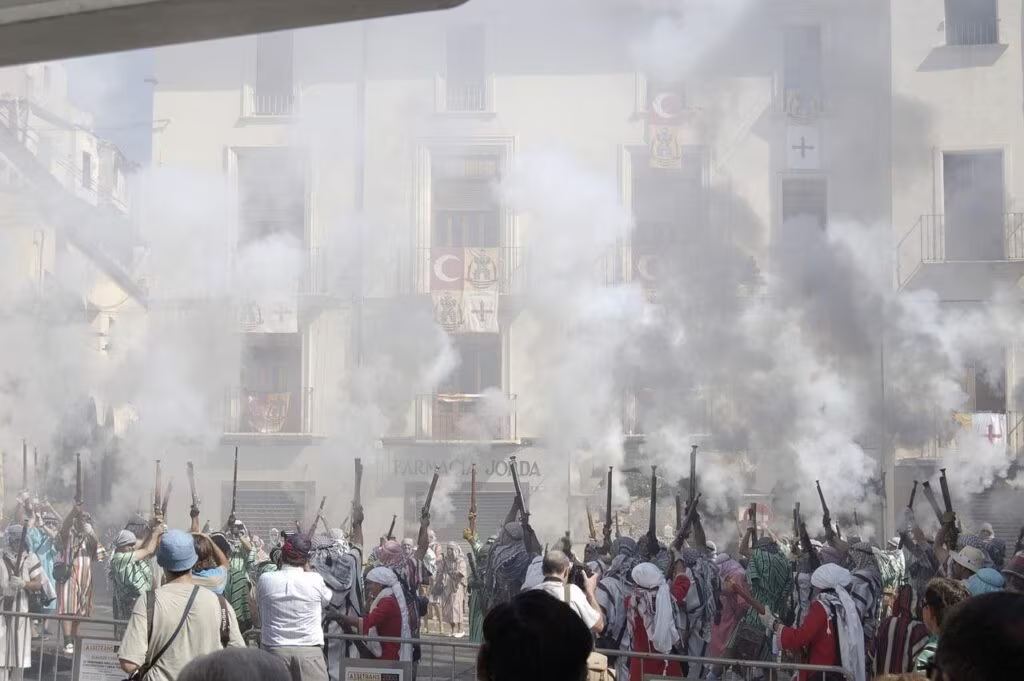The Crucial Moment: Why This Vote Matters
Iraq’s parliamentary election, held at a critical juncture for the nation, determined the composition of the 329-seat Council of Representatives and, crucially, the next government. For Iraqis, the vote was seen less as a routine democratic exercise and more as a referendum on the country’s political direction, security, and economic viability following years of mass protests and deep-seated dissatisfaction.
The stakes were exceptionally high, touching upon every facet of Iraqi life, from the integrity of state institutions to the nation’s sovereignty amidst intense regional rivalries. The election was the first since the massive Tishreen protests of 2019, which saw hundreds of thousands of Iraqis take to the streets demanding an end to corruption, foreign interference, and the sectarian power-sharing system known as Muhasasa.

The New Rules of the Game: Electoral Reform and Disillusionment
One of the most significant factors shaping the election was the implementation of a new electoral law. This reform was a direct concession to the Tishreen movement, designed to break the dominance of established political parties and give independent candidates a fighting chance.
Key Changes to the Electoral System
The previous system relied on large provincial lists, which heavily favored major, well-funded political blocs. The new law introduced a shift to smaller electoral districts—230 districts in total—meaning candidates now needed to win votes locally rather than relying on party-wide popularity. This change was intended to:
- Increase Accountability: Candidates are now directly accountable to smaller constituencies.
- Empower Independents: Independent candidates, often lacking national funding, could focus their resources on local campaigns.
- Promote Local Issues: Campaigns centered more on essential services, infrastructure, and local governance rather than national sectarian rhetoric.
Despite these reforms, public disillusionment remained a profound challenge. The memory of the violent suppression of the 2019 protests, coupled with persistent economic hardship and a lack of basic services, fueled widespread cynicism. This led to concerns about potentially low voter turnout, which many analysts viewed as a measure of the public’s faith—or lack thereof—in the political process.
The election saw a complex array of political forces vying for power, broadly categorized by their sectarian and ethnic affiliations, though the new electoral law encouraged cross-sectarian alliances and independent movements.
Shiite Political Blocs
Shiite parties traditionally hold the largest share of seats and determine the Prime Minister. The main rivalry was between two powerful, yet distinct, factions:
- The Sadrist Movement: Led by influential cleric Muqtada al-Sadr, this movement often positions itself as anti-establishment and nationalist, advocating for reduced foreign influence (both Iranian and American). They possess a highly disciplined and loyal voter base.
- The Fatah Alliance: This bloc represents the political wing of the Popular Mobilization Forces (PMF), or Hashd al-Shaabi, which are predominantly Shiite paramilitary groups with close ties to Iran. Their strength is rooted in their security presence and institutional control.

Sunni and Kurdish Dynamics
While the Prime Minister is traditionally Shiite, the Sunni and Kurdish blocs play crucial roles in forming the government, holding the positions of Parliament Speaker and President, respectively.
- Sunni Parties: These parties focused on reconstruction and security in areas devastated by the fight against ISIS. Their unity is often fragile, but their participation is essential for national reconciliation.
- Kurdish Parties: The two dominant Kurdish parties—the Kurdistan Democratic Party (KDP) and the Patriotic Union of Kurdistan (PUK)—compete fiercely for control over the semi-autonomous Kurdistan Regional Government (KRG) and for influence in Baghdad, particularly concerning oil revenue sharing and disputed territories.
The Shadow of Influence: Regional and International Stakes
The election was closely watched by regional and international actors, particularly the United States and Iran, both of whom view Iraq as a vital strategic battleground.
Sovereignty and Foreign Policy
For many Iraqis, the election was about reclaiming national sovereignty. The major political blocs offered differing visions for Iraq’s foreign policy:
- Pro-Iran Factions: Sought to solidify the PMF’s role within the state structure and push for the complete withdrawal of U.S. troops.
- Nationalist Factions (like Sadr): Advocated for a more balanced, non-aligned foreign policy, reducing dependence on both Tehran and Washington.
- Pro-Western/Technocratic Groups: Focused on attracting foreign investment and stabilizing the economy through international partnerships.
The outcome determined which groups would control key ministries—especially the Interior and Defense—which directly impacts security policy and the future presence of foreign forces.
The Economic Crisis and Corruption
Perhaps the most pressing internal issue was the economy, which remains heavily dependent on oil revenues. Iraq is consistently ranked among the world’s most corrupt nations, with billions of dollars lost annually to graft. The election was a test of whether the new government could finally address this systemic issue.
“The challenge is not just winning seats, but convincing the Iraqi people that this new government will be fundamentally different from the previous ones, which have failed to deliver basic services and have been plagued by corruption,” noted one regional analyst at the time.

Key Takeaways and Future Outlook
The parliamentary election was a defining moment, setting the stage for the next phase of Iraq’s political development. The results and subsequent government formation process underscored several enduring challenges:
- The Power of the Status Quo: Despite the new electoral law and public pressure, established parties, particularly those with strong organizational structures and funding, maintained significant influence.
- The Independent Voice: While the new law provided opportunities, independent candidates and smaller Tishreen-affiliated parties faced immense hurdles in translating public support into parliamentary power.
- Government Formation: The complex, months-long process of forming a government often involves intense backroom negotiations and compromises among the major Shiite, Sunni, and Kurdish blocs, often prioritizing power-sharing over effective governance.
- Enduring Security Concerns: The new government inherited the ongoing challenges of managing the PMF, maintaining stability against residual extremist threats, and navigating the delicate balance between U.S. and Iranian interests.
Conclusion
For the average Iraqi citizen, the stakes of the parliamentary election were existential: the promise of security, economic stability, and a government free from the shackles of sectarian corruption. While the election introduced procedural changes aimed at greater accountability, the ultimate success of the vote was measured not just by the turnout or the seat count, but by the ability of the resulting government to genuinely address the core demands of the Iraqi people—demands first voiced forcefully during the Tishreen movement. The outcome continues to shape Iraq’s trajectory in 2025, determining whether the nation moves toward greater sovereignty and reform, or remains locked in the cycle of political gridlock and foreign entanglement.
What’s Next
Following the formation of the new government, attention shifted immediately to its ability to implement meaningful economic reforms and manage the persistent security threats. The long-term implications of the election include:
- Budget and Oil Policy: The new government must finalize the national budget and negotiate crucial oil revenue sharing agreements with the Kurdistan Regional Government.
- Security Sector Reform: Addressing the proliferation of non-state armed groups and consolidating security forces under strict state control remains a primary objective.
- International Relations: The degree to which Iraq maintains neutrality between the U.S. and Iran will define its stability and its role in regional diplomacy in the coming years.
Original author: QASSIM ABDUL-ZAHRA Associated Press
Originally published: November 8, 2025
Editorial note: Our team reviewed and enhanced this coverage with AI-assisted tools and human editing to add helpful context while preserving verified facts and quotations from the original source.
We encourage you to consult the publisher above for the complete report and to reach out if you spot inaccuracies or compliance concerns.

